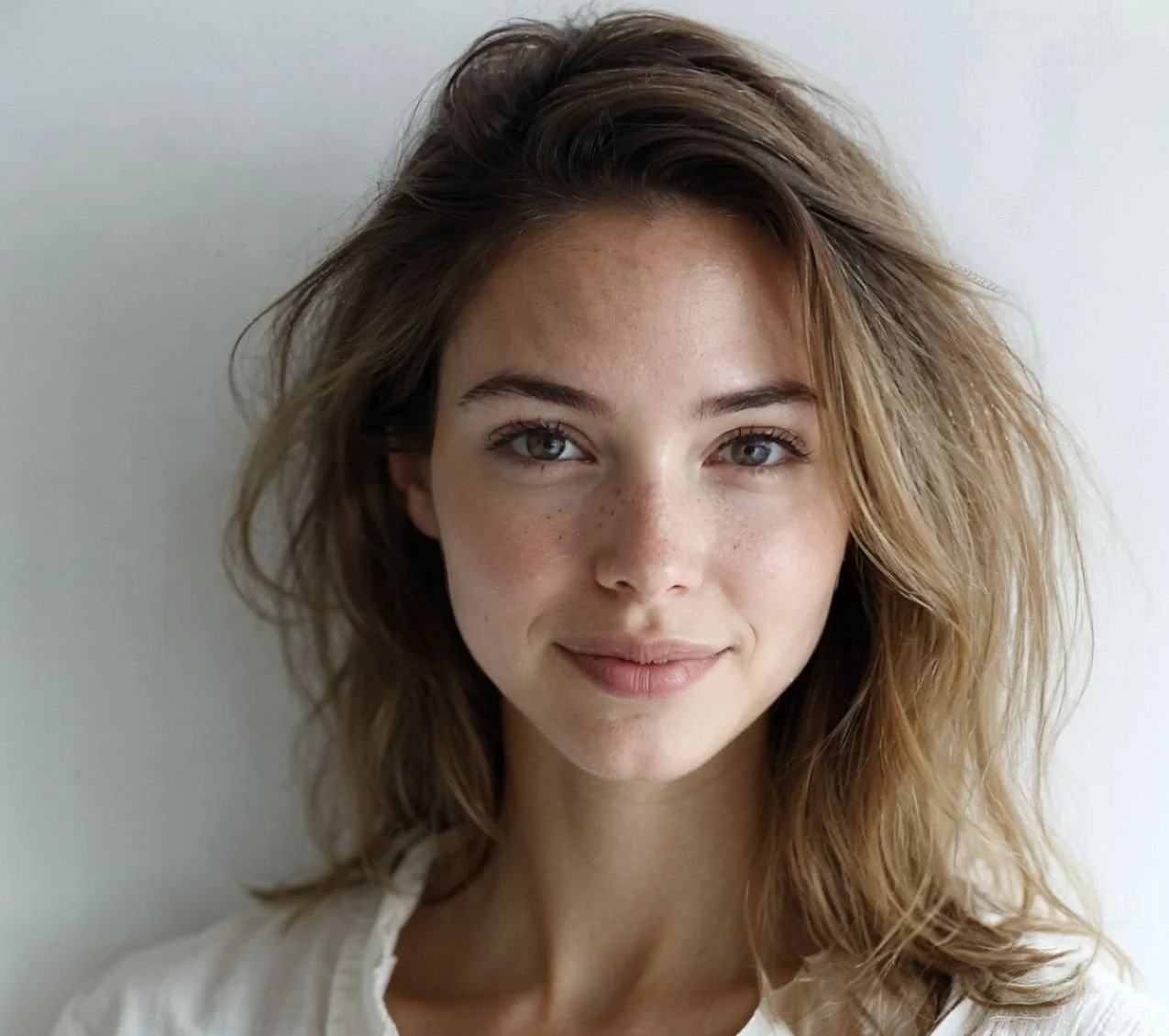Generative AI tools revolutionizing the fashion industry
The fashion industry is undergoing a major transformation thanks to the integration of generative artificial intelligence (AI). These technologies enable designers and brands to accelerate the creative process, innovate and meet the expectations of a demanding clientele. Here's an overview of the most widely used generative AI tools in the fashion industry, enriched with figures for an in-depth understanding.
Specialized fashion tools
| Centric AI Fashion Inspiration | Awen | ZMO.AI |
|---|---|---|
| Developed by Centric Software, this tool is specifically designed for the fashion industry. It generates creative models for clothing, footwear, jewelry and accessories. By integrating with the design workflow (PLM), it uses a massive database of over a billion fashion product images to deliver unique, trend-aligned designs. | Created by a French start-up, Awen helps designers generate concepts, prototypes and projects using generative AI algorithms. It supports creation from inspiration to production, while respecting human creative processes. | This tool is popular for creating virtual mannequins and visualizing garments on different morphologies. It is frequently used for digital marketing campaigns and virtual try-ons, giving brands greater flexibility in presenting their collections. |
General tools adapted to fashion
| MidJourney | DALL-E | Adobe Firefly |
|---|---|---|
| Used by brands such as Casablanca, MidJourney is appreciated for its ability to generate creative visuals and concepts. This tool is particularly effective in producing artistic, stylized images, enriching the design process. | Developed by OpenAI, DALL-E enables designers to quickly generate visuals based on detailed text descriptions, such as "red satin evening dress with floral motifs". This feature facilitates the exploration of new ideas and design innovation. | Integrated into the Adobe suite (Photoshop, Illustrator), Firefly enables fashion designers to quickly explore visual variations, textures or patterns from an initial idea. This integration facilitates the adoption of AI into existing creative processes. |
Adoption of generative AI in the fashion industry
The adoption of generative AI in the fashion industry is booming. According to a Bloomberg study, the generative AI market is expected to reach $1.3 trillion by 2032.
This growth is fueled by increased AI adoption in various sectors, including fashion. In 2022, the AI adoption rate was 35%, with a projection to reach 37% by 2030(Digitiz).
However, the adoption of generative AI varies according to company size. Among large companies, only 33% of respondents use generative AI, while 75% of VSEs and SMEs do.
This adoption is influenced by factors such as financial resources, regulatory framework and process maturity.
Artcare: innovation for luxury brands
In this context of innovation, Artcare stands out by offering exclusive virtual mannequins for major fashion, jewelry and luxury brands. Combining artificial intelligence and CGI, Artcare generates assets for e-commerce portfolios and brand content. Our premium positioning and the unique quality of our models on the market meet the high demands of luxury brands. We offer an AI solution that guarantees quality, flexibility and fidelity to brand identity, revolutionizing image production in the fashion and luxury industries.
The integration of generative AI in the fashion industry is opening up unprecedented perspectives for industry professionals. The tools mentioned above illustrate how technology can enrich the creative process, improve operational efficiency and deliver innovative customer experiences. For fashion, jewelry and luxury brand managers and decision-makers, the adoption of these technologies represents a strategic opportunity to remain competitive and meet the expectations of customers seeking novelty and exclusivity.
Raising your brand image
Artcare reinvents fashion and luxury through virtual mannequins of unparalleled precision. A new vision of brand imagery, to carry your DNA, with no compromise between aesthetics and innovation.
Planning a demonstration



